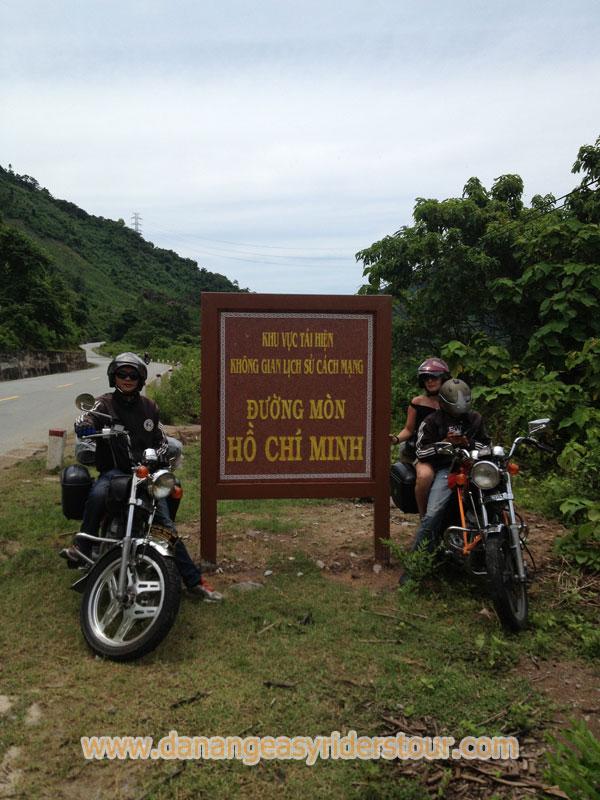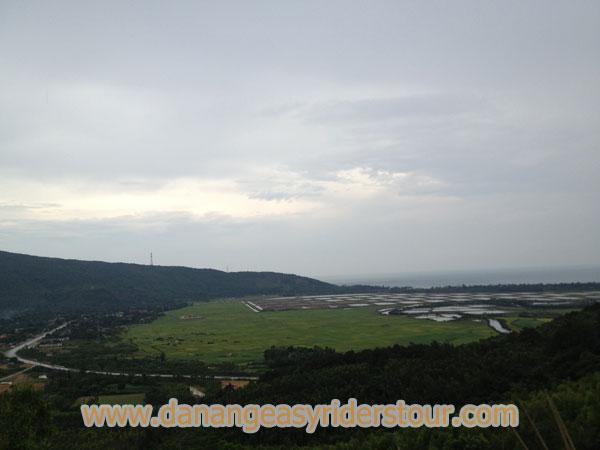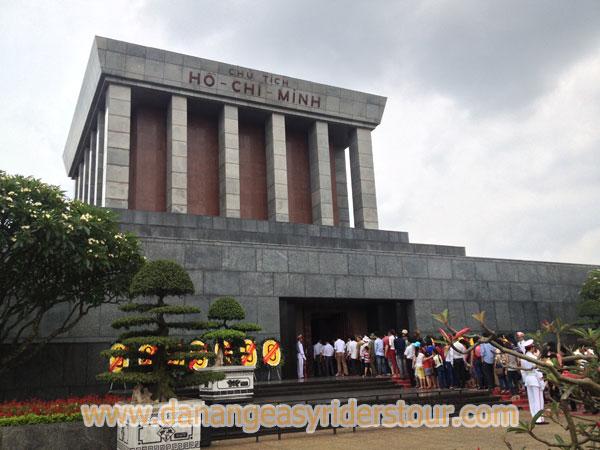















|
Heritage
Thien Hau Temple
Chùa Bà Thiên Hậu (The Pagoda of the Lady Thien Hau) is a Chinese style temple located on Nguyen Trai Street in the Cho Lon (Chinatown) district of Ho Chi Minh City, Vietnam Thiên Hậu is a deity of traditional Chinese religion, who is revered in the southern maritime provinces of China and in overseas Chinese communities. Thiên Hậu is worshipped in the seafaring Chinese communities of Fukien, Canton, Taiwan, and Southeast Asia. She is not specifically a deity of Taoism or of Buddhism, though she has been brought into connection with figures and themes from Taoism and Buddhism. For example, at Quan Am Pagoda, also in Cho Lon, Ho Chi Minh City, the two major altars are dedicated respectively to Thiên Hậu and to Quan Âm (the bodhisattva Avalokiteshvara).
The temple is located right on busy Nguyen Trai Street. It can be accessed by entering through an iron gate and crossing a small courtyard. The roof is decorated with small delicately fashioned porcelain figurines expressing themes from Chinese religion and legends. Lanterns and wooden models of Chinese theaters hang over the entrance.
The altar to Thiên Hậu is dominated by the three statues of the goddess. The faces are bronze in color, and the clothes and crowns are multi-colored. Incense burners are all about. Go Back
|


























